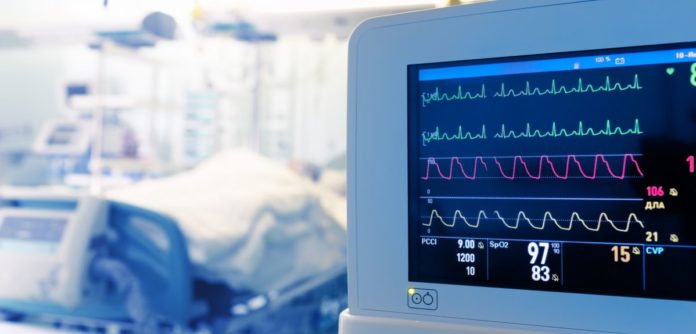Until now, there is no technology available to measure and calculate arterial blood oxygen levels. So, scientists at the breathing.
Although, it’s been considered as arterial blood oxygen levels stay constant while breathing. But, this new sensor has disproved this misconception. Instead, the sensor picked-up that arterial oxygen rates actually fluctuate as we breathe.
Scientists developed this ultrafast fibre optic sensor as a part of an inter-disciplinary collaboration. It is first of its kind sensor that captures respiratory oxygen levels successfully. In addition, it offers new insights about how our lungs function and could potentially improve intensive care monitoring of breathing.
Dr Federico Forment said, “The development of this new technology allows us to understand the functioning of our lungs better. This study demonstrates that arterial oxygen is not necessarily constant during a breath and that it can change very rapidly in fractions of a second as we breathe in and out, and during a breath hold.”
Scientists conducted their experiments on animals who had artificial respiration. They measured the animal’s arterial oxygen levels when air pressure and volume of the lungs increased while breathing.
For measurement, they used a technique called computed tomography. They found an increased level of arterial oxygen while inhalation and decreased level of arterial oxygen while exhalation. Means, the respiratory changes are linked to variations in lung volume.
Professor Andrew Farmery, Head of the Nuffield Division of Anaesthetics at Oxford University said, “Our detection of these oscillations in arterial oxygen levels, seen here in healthy lungs, has potential to further our understanding of oscillations seen in sick patients with respiratory failure receiving artificial ventilation in Intensive Care Units. Preliminary observations reveal that the oscillations are considerably more pronounced in injured lungs, and so this may be a useful ‘signal’ to allow treating clinicians to tailor ventilator therapy uniquely to the individual.”
Scientists hope that the analysis will look more intensively at models of lung disease. Now, they are planning to identify other ways that respiratory behaviour can be better monitored and patient care can be improved in hospitals in the process.
